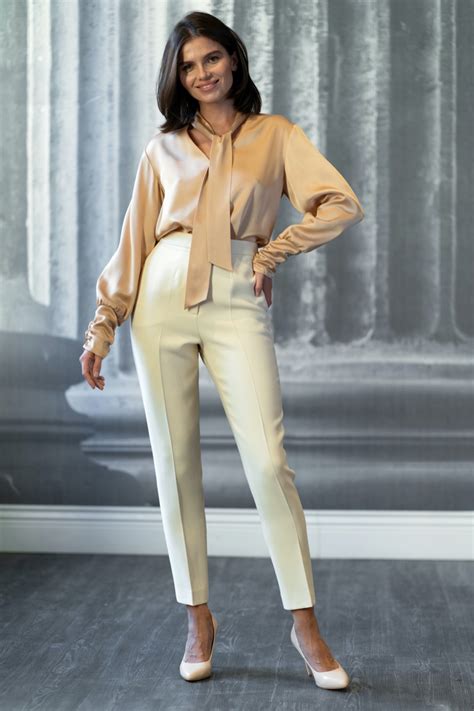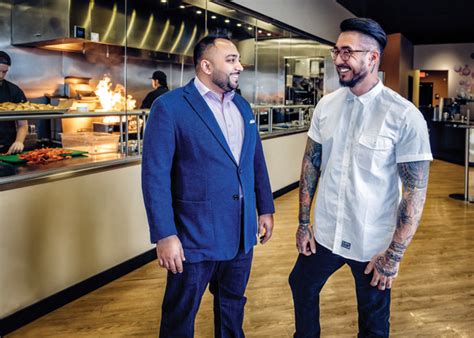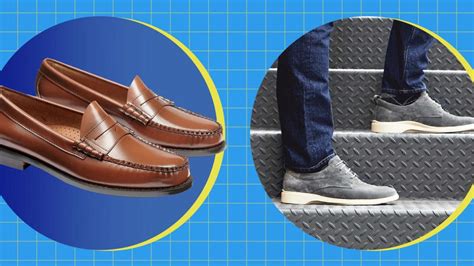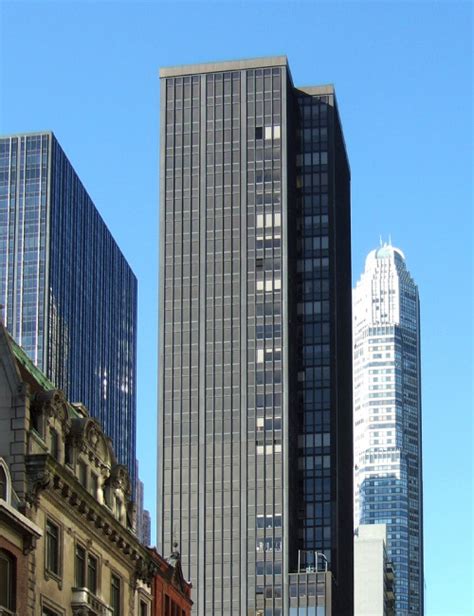Defining the Elusive Business Casual
Business casual is perhaps the most ubiquitous, yet often misunderstood, dress code in today’s professional landscape. It sits in a nuanced space between formal corporate wear and relaxed street clothes, demanding an understanding of context, industry, and personal brand. At its core, business casual seeks to strike a balance: approachable yet authoritative, comfortable yet refined. The goal isn’t to look like everyone else, but to present a polished, professional image that still allows your unique personality to shine through.
Navigating this dress code successfully means more than just throwing on a collared shirt; it requires intentional choices that merge professional respect with individual expression. It’s about demonstrating competence and confidence without sacrificing comfort or authenticity.

The Foundations: Professional Staples
Before you can infuse personal style, you need a solid professional foundation. These are the versatile pieces that form the backbone of any business casual wardrobe and ensure you always look appropriate, regardless of your personal flair.
Bottoms: The Non-Negotiables
- Tailored Trousers: Think well-fitting chinos, wool blend pants, or modern straight-leg trousers in neutral colors like navy, charcoal, black, or khaki. Avoid anything too baggy or too tight.
- Skirts & Dresses: Pencil skirts, A-line skirts, or tailored dresses that hit at or just above the knee are ideal. Fabrics should be structured and opaque.
- Dark-Wash Jeans: While not universally accepted, dark-wash, unripped jeans can be business casual if paired with a more formal top and blazer. Always check your company culture first.
Tops: Polished & Presentable
- Collared Shirts: Button-downs, polos, or crisp blouses are go-to options. Solid colors, subtle patterns, or classic stripes work best.
- Sweaters & Cardigans: Fine-gauge knits, V-necks, crewnecks, or elegant cardigans can be layered over collared shirts or worn on their own.
- Blouses: Well-tailored blouses in professional fabrics like silk, rayon, or polished cotton are excellent choices.

The Art of Layering: Blazers & Jackets
A blazer is arguably the most powerful tool in your business casual arsenal. It instantly elevates any outfit, adding a touch of structure and professionalism. Invest in at least one well-fitting blazer in a versatile color like navy, black, or grey. Other layering pieces, such as tailored cardigans or structured jackets, can also add polish and warmth.
Layering also provides an opportunity for personal expression. A subtly patterned blazer over a solid top, or a brightly colored cardigan paired with neutral trousers, allows you to play with texture and color while maintaining a professional silhouette.

Infusing Your Personal Style: The Balancing Act
Once the professional foundation is set, it’s time to add your unique touch. This is where business casual truly shines, allowing you to express your individuality without crossing into overly casual territory.
Color & Pattern
While neutrals form the core, judicious use of color and pattern can make an outfit distinctive. A vibrant scarf, a patterned blouse under a solid blazer, or a pair of colorful statement shoes can inject personality. The key is balance: if one item is bold, keep others more subdued.
Accessories: Your Signature Touch
Accessories are powerful personalizers. A unique watch, tasteful jewelry, a stylish belt, or a structured handbag can elevate an outfit and reflect your aesthetic. Footwear is also crucial – think loafers, oxfords, ballet flats, low heels, or polished boots. Ensure all accessories are well-maintained and complement the overall look.

Fit & Tailoring
No matter how expensive an item, a poor fit will undermine your look. Investing in tailoring ensures your clothes flatter your body shape, presenting a more polished and professional image. A well-fitting garment automatically looks more expensive and intentional.
Common Pitfalls to Avoid
Mastering business casual also means understanding what to steer clear of. Avoid overly casual items like t-shirts (unless styled very deliberately), athletic wear, ripped jeans, flip-flops, or excessively revealing clothing. Pay attention to fabric quality – avoid anything wrinkled, faded, or visibly worn. Always err on the side of slightly more formal if you’re unsure.

Conclusion: Confidence Through Conscious Choices
Mastering business casual isn’t about rigid rules, but about understanding a framework within which you can operate with confidence. It’s a continuous process of aligning your professional identity with your personal style. By building a foundation of versatile, well-fitting pieces and thoughtfully incorporating elements that reflect your individuality, you can create a business casual wardrobe that is both professional and authentically you. Remember, the best outfit is the one that makes you feel competent, comfortable, and ready to tackle your day.




